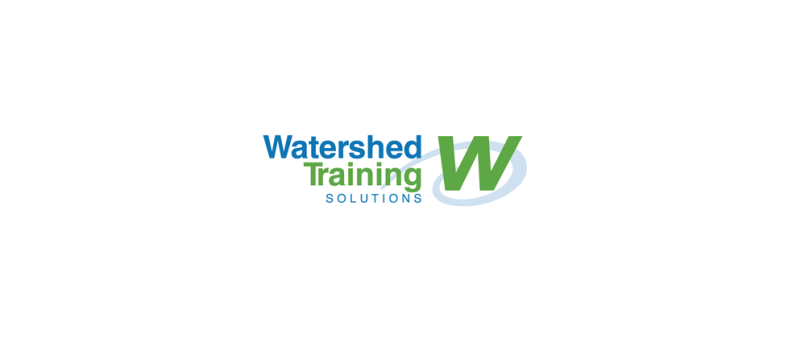Back to Basics: Instilling Kindergarten Ideals to Inspire Creativity
If you entered into a competition where you had to construct the tallest freestanding structure possible out of 20 sticks of spaghetti, one yard of tape, one yard of string, and one marshmallow, who would you want on your team?
It can safely be said that every organization has acknowledged the need for a creative workforce, and with good reason. Creativity spawns innovation and innovation leads to growth, longevity and success. But how do you make a workforce more creative? How do you get people to not only think about new ways of doing things, but also voice their ideas? Finally, how do you get clients to embrace new ways of working and take more risks?
Earlier this week, we shared a quick tip on how to ignite some creativity in Feeling Blue Towards Creativity, and now Iʼd like to continue in the same vain by offering some insightful recommendations presented by Peter Merholz in his recent article, Innovate Like a Kindergartner .
For Merholz itʼs all about getting back to the basics of kindergarten. Though he mostly touches on his dealings with clients, all of his recommendations can have a profound ability to increase creativity among all members of a company. Itʼs about presenting information in ways that allows creative ideas to flow and also provide an environment that is conducive to entertaining new ways of thought, collaboration and expression.
Draw
When Merholz works with clients, he suggests that everyone draw. In order to justify this method, he explains that the rationale behind drawing is to make “ideas tangible and concrete.” However, in reality, the purpose of drawing is to simply “engage the part of the brain that is usually dormant in a business context.” Moreover, drawing allows for creativity to flow with no judgement. It allows participants to put their ideas down on paper (or a whiteboard) and explore the images and thoughts that come to mind. Kind of the way you did in kindergarten.
Level the Playing Field
For creativity to flow freely, Merholz insists that not only must everyone contribute to a discussion, but that everyoneʼs ideas are all equally valuable. Merholz attests that we must eliminate hierarchies when it comes to presenting new ideas. This equal footing is to be applied horizontally across all departments and vertically across the organizational ladder.
Space Matters
Finally, space matters. The workspace must mirror an area that fosters creativity if you expect creativity to flow freely. Instead of working in separate spaces, individuals should gather at tables, get up and use whiteboards, move around, look at others work, present your own etc. By creating an environment of collaboration and movement, everyone has the ability to let creativity flow and the space to present their ideas. Though kindergarten may seem like a lifetime ago, the lessons and tactics presented in our first brush with formal education prove invaluable. Its just too bad that so many of us have forgotten the ideas that can flow from unbridled creativity.
Oh, and if you havenʼt guessed by now, if you had to build the tallest free standing tower out of 20 sticks of spaghetti, one yard of tape, one yard of string, and one marshmallow, youʼd want a kindergartener on your side. Those teams with a few 4-5 year olds consistently did better than those comprised of business students, executives, and most professionals alone because kindergarteners “approach the challenge in a playful manner, cooperate, recognize they don’t know exactly what they’re doing, and try many different things before figuring out what’s best.”
So now that we know what weʼre missing, letʼs break out the crayons and get the creative juices flowing.


